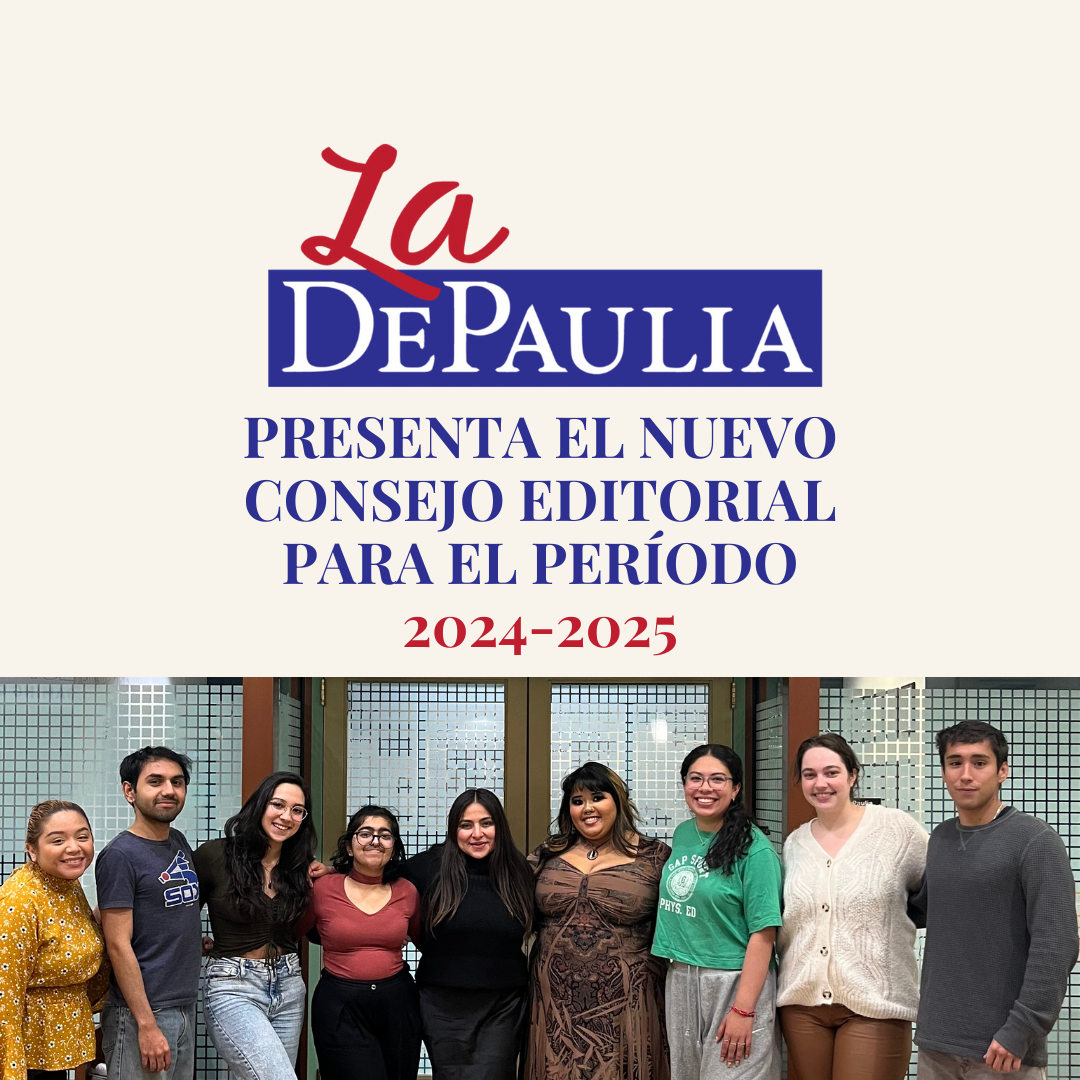
Coal, like the fossilized vegetation that makes it, must also die. It will not be killed by tree huggers but by economics.
A recent Politico article explains it is becoming too costly to produce electricity with coal while also following environmental standards mandated by the government necessary to keep our lungs safe. The article says that this has caused 190 of the 523 coal plants since 2010. This is a prime opportunity to make an energy transition.
“The majority of the electricity that I use in my apartment, 43 percent, still comes from coal-fired power plants,” DePaul senior Garrett Sanborn said. “Coal is a dirty source of energy that we should be doing more to escape.”
To escape further consequences of pollution and global warming we need to drastically rethink the way we power our lives. The decline of coal is the opportunity to do this as a nation.
Some people believe that nuclear energy or natural gas will power our future. Nuclear energy is reliable and can make sense economically, but power plants have melted down in the past. The most recent event occurred in 2011 with the Fukushima Daiichi nuclear disaster, which spewed radioactive material over large areas the size of nations after an earthquake and tsunami.
Natural gas produces fewer emissions than other fossil fuels, but these are still substantial. While both of these fuels are important in continuing to power the U.S. as we make our energy transition away from fossil fuels, in some regards they are delaying the inevitable switch to the energy of the future. Really, the key to our long-term energy needs lies in the sustainable generation of electricity.
The sustainable generation of electricity can manifest itself in many forms including solar, wind and hydroelectric. They don’t continuously pollute the environment, they create jobs and will not only save us from the consequences of global warming, but will save us money, too.
With all these benefits, sustainable energy has its issues. What happens when it’s cloudy or the wind is not blowing? While this has been a concern, Tesla Motors, the company known for making luxury electric Model S cars, has recently put forward a solution. They are building a factory that will produce competitively priced batteries that energy companies, large businesses and even homeowners can use to store sustainably generated energy when conditions are not optimal for generation.
This was the missing piece to the sustainable energy puzzle. Elon Musk, 43, the billionaire founder of PayPal is the CEO of Tesla Motors and also the chairman of SolarCity, an installer of solar panels onto homes and businesses. This battery was manufactured in the U.S. by Tesla. It allows people to have an effective alternative to fossil fuel. One could sustainably generate electricity from their SolarCity installed solar panels, store it in their new battery, called the Powerwall, to save for later use of it in their homes and electric cars. This is not just some pet project. The Powerwall, and more importantly the larger batteries that Tesla has, already had $800 million worth of orders in its first week.
Unfortunately, this is currently limited to people who are economically well off because the Powerwall starts at $3,000. However, prices of solar power and the batteries that are used to hold it are dropping as both become more efficient. In fact, many companies have recognized this and are reacting.
The market is shifting towards renewable energy and the pace is stunning. According to the Energy Information Administration, California’s electricity generation increased from 1.9 percent in 2013 to 5.0 percent in 2014. That is a 300 percent increase in only one year. This is not some West Coast, hippie phenomenon. A recent Bloomberg article explains that in 2013, more renewable electricity capabilities increased. While the dirty coal industry will still have their power plants for a while longer, the writing is on its soot-covered wall.







